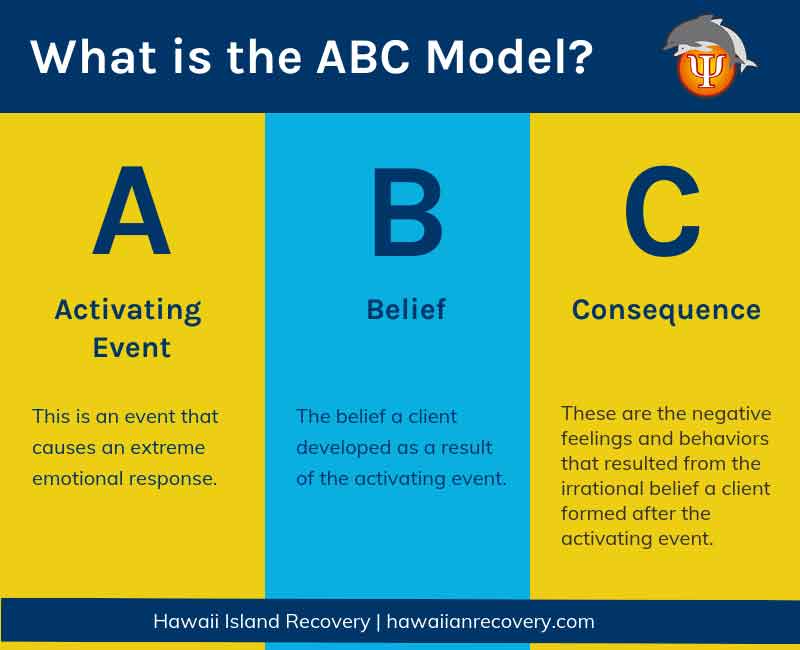
In the ABC method, risk is expressed as magnitude of risk (MR) on a 15-point logarithmic scale, where MR 15 is 100% loss of value of the asset per year, MR 14 is 10% loss of value of the asset per year, etc.

Most importantly, ABCD is a true enterprise risk management approach in that it handles all the hierarchies and escalation profiles that traditional methods normally fail to address…
Abcd model full#
What is ABCD risk management? Assumption Based Communication Dynamics (ABCD) is De-Risk’s formal methodology that enables the capture of differing knowledge and viewpoints from stakeholders, in a form that facilitates communication of issues, assumptions and ensures pro-active management of risks.ĪBCD is fully scaleable – it can be used on everything from small projects to large scale programmes and full business enterprises. What do you need to know about ABCD risk management?ĪBCD Risk Management. Using the ABCD method (Audience, Behavior, Condition and Degree) will help you clarify your learning objectives and ultimately help you and your students achieve a better outcome. Objectives must be both observable and measurable to be effective. Objectives will include 4 distinct components: Audience, Behavior, Condition and Degree.

What does the A in the ABCD process stand for?Ĭonsists of graphic representations or icons and the easy to remember mnemonic ABCD. While the method is often directed at learning objectives, it can also be used to write learning outcomes. Learning Outcome Statements can be written using the ABCD (audience, behavior, condition, and degree) method. What is the ABCD model in risk management?Īssumption Based Communication Dynamics (ABCD) is De-RISK’s formal methodology that enables the capture of differing knowledge and viewpoints from stakeholders, in a form that facilitates communication of issues, assumptions and ensures pro-active management of risks.



 0 kommentar(er)
0 kommentar(er)
